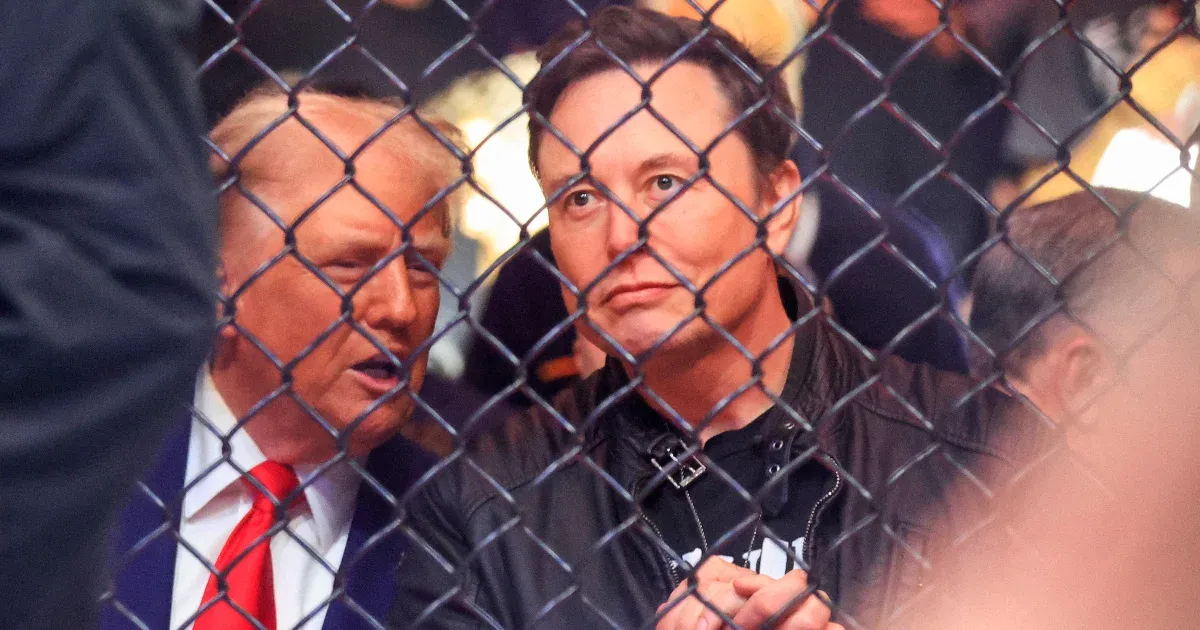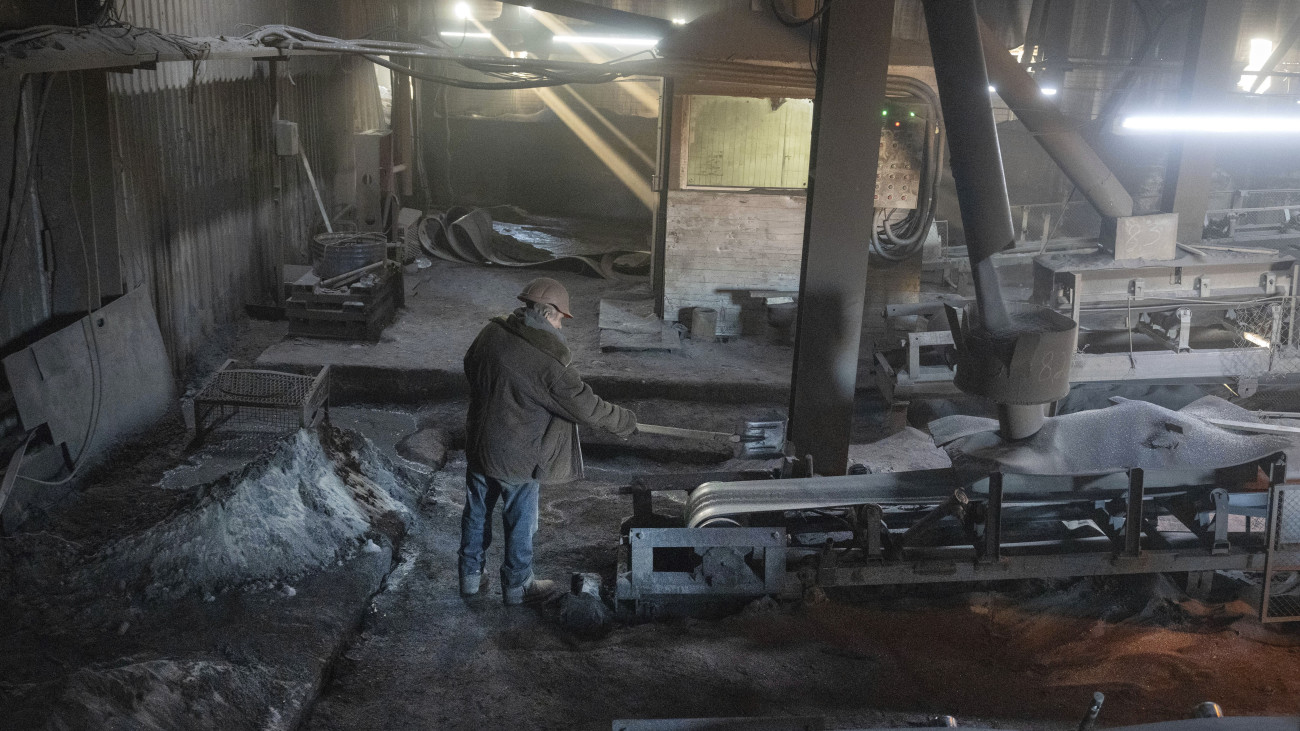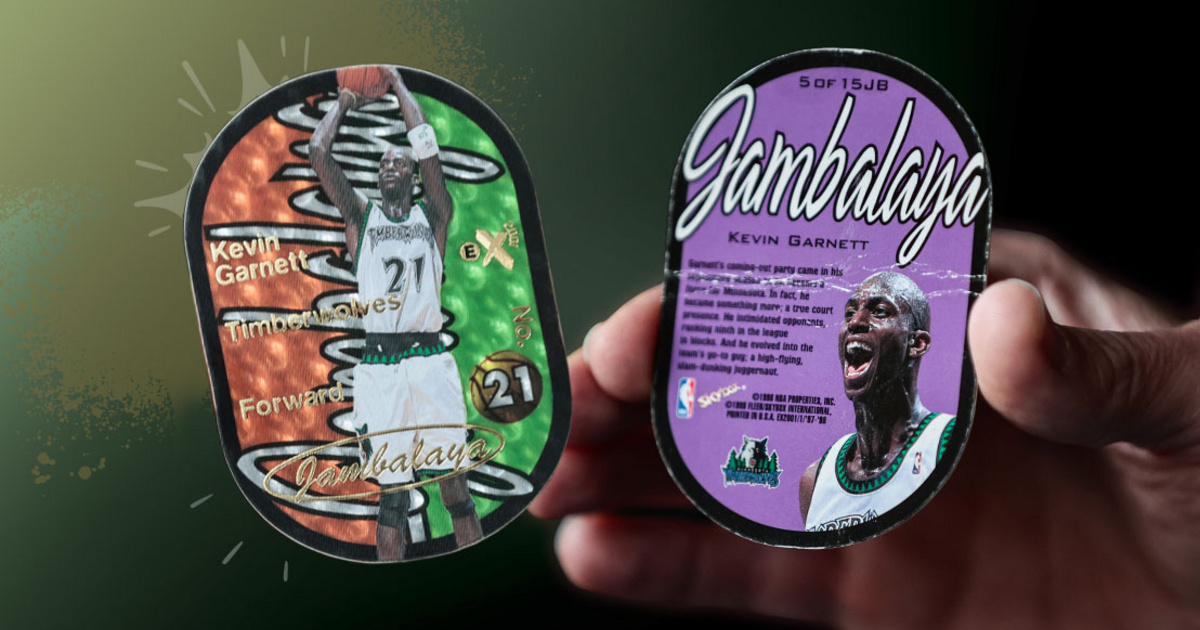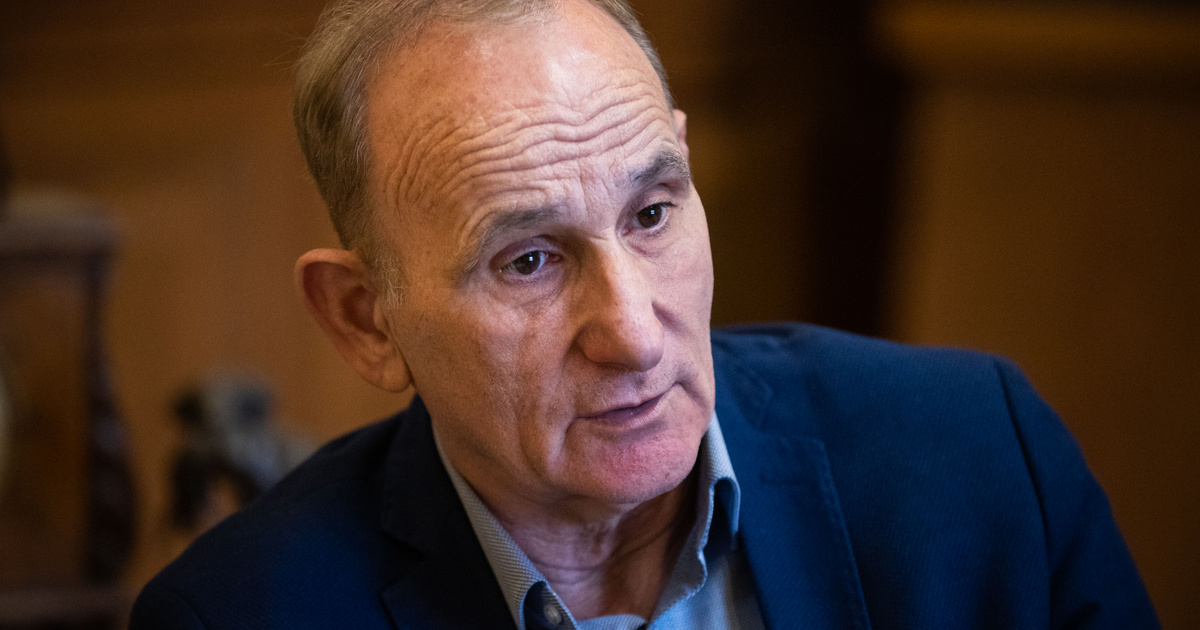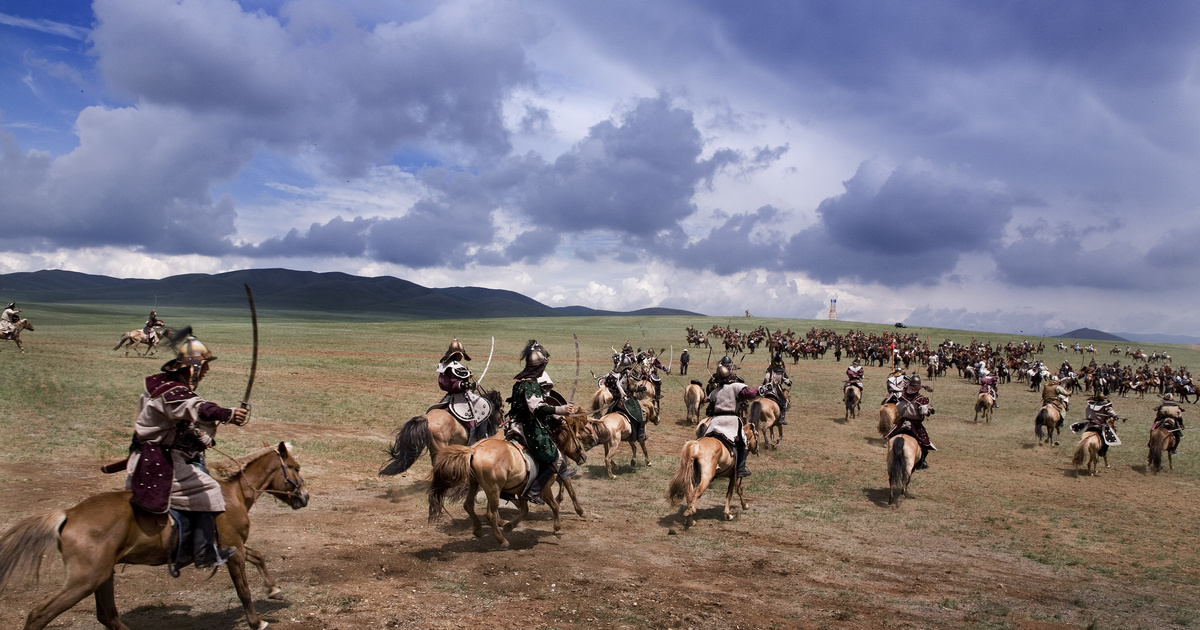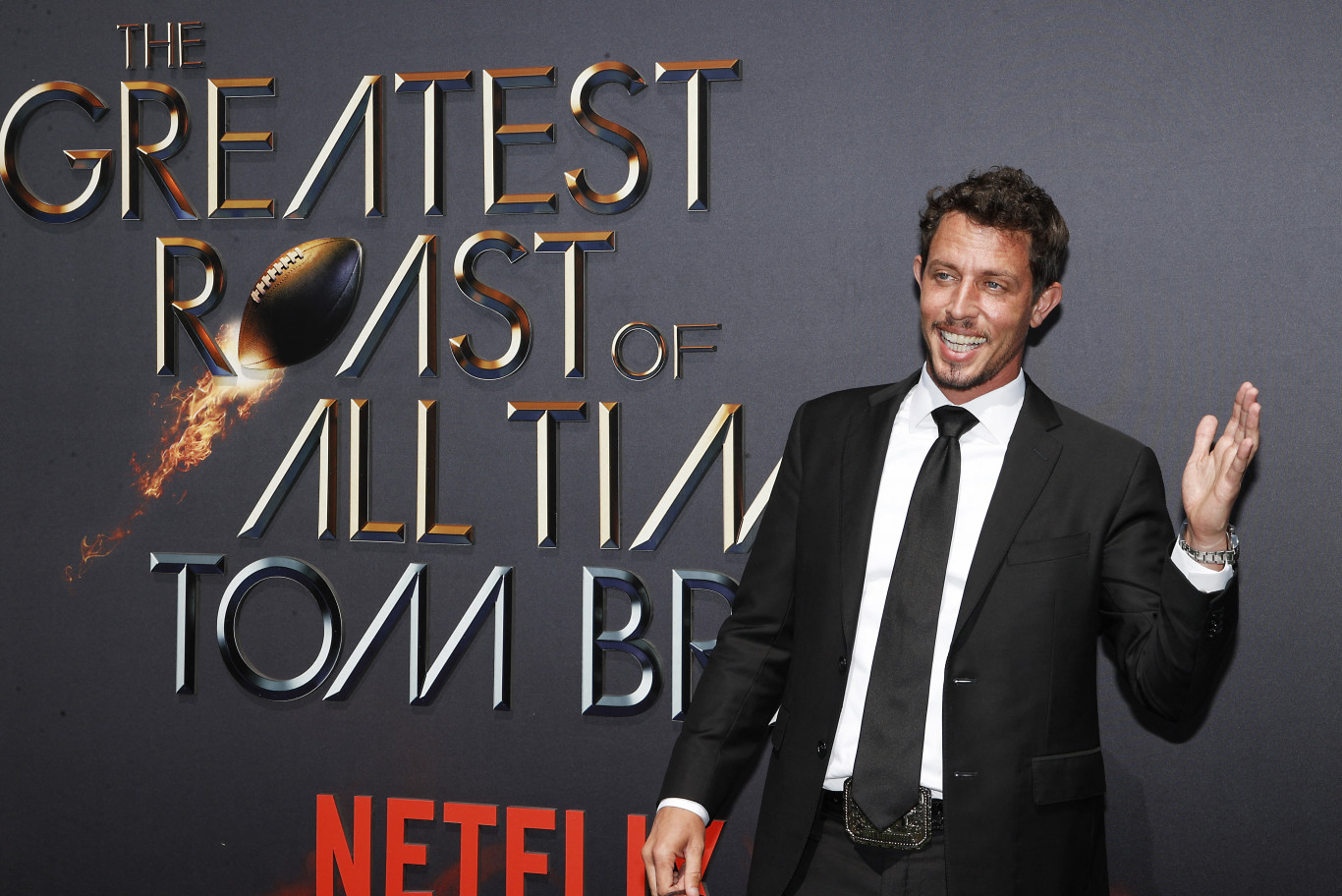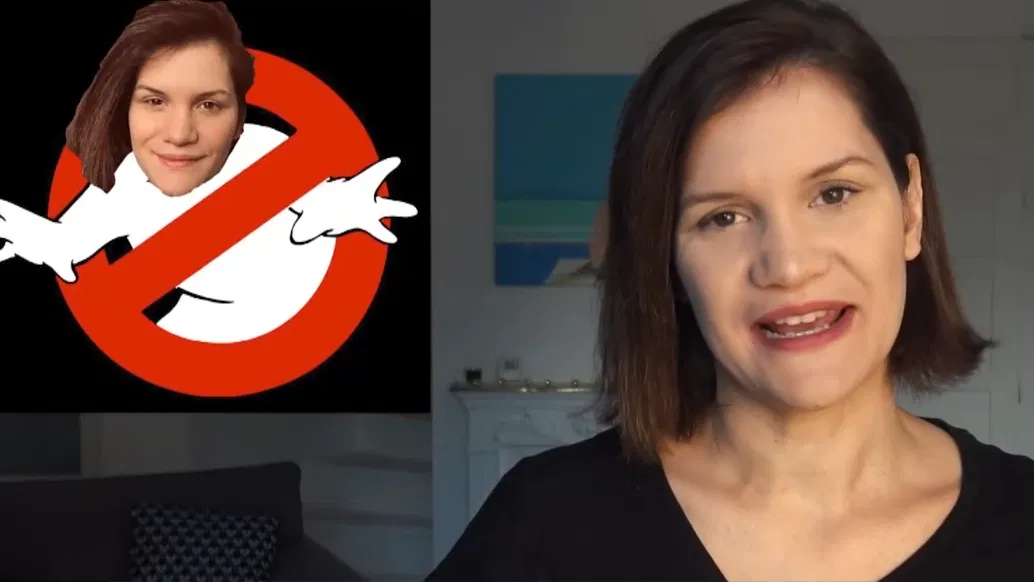I started the new Netflix series “Ripley” as a resolute skeptic.
The source material for the show, “The Talented Mr. Ripley” by Patricia Highsmith, is one of my desert island books. The novel is A Farida Portraying a character with no apparent conscience, but yet we feel very connected to her. Other writers have tried and failed to write Ripley novels for generations.
Previous adaptations of “The Talented Mr. Ripley,” such as the 1999 film starring Matt Damon as the titular character, weren't necessarily terrible, but they also failed to capture the essence of the indelible character that Highsmith put into the world.
“Ripley,” written and directed by Steven Zaillian and starring Andrew Scott, shattered my doubts. It is a stunning success in terms of transferring the spirit and impact of the book to the screen.
The main challenge of depicting Ripley's story is that the novel is narrated by Ripley himself, giving readers insight into the mind and behaviors of a man who cared little for others. In his 1999 review of The Talented Mr. Ripley, Roger Ebert described the character of Damon Ripley as a “monster”, which is true in an external sense, but this is not what Ripley experiences in the novels when events are presented through Ripley's point of view. .
With the internal form of the novel removed, providing the audience with a deep understanding of Ripley is an enormous task.
One obvious advantage over a two-hour movie is that Ripley unfolds over eight episodes, giving us a chance to have a greater intimacy with the character. There are many scenes in which we are asked to watch Ripley alone on screen, and the stunning black-and-white cinematography and Zaillian's painter-like framing of each scene is immersive.
The atmosphere of the visuals and the extensive time allowed to unfold Ripley's path draws us into a strange and stylized world. We follow Tom Ripley from his rat-infested New York apartment, where he goes through petty schemes, to Italy, where he hooks up with trust-fund hipster Dickie Greenleaf, ostensibly to persuade him to return to the United States at Dickie's request. dad.
Tom soon sees an opportunity to ingratiate himself with Dickie while claiming to Dickie's father that he is working for Dickie's return. After years of knowing in the abstract that money is the key to life, Ripley sees firsthand the kind of life money allows, and he will not return to his former poor existence.
The combination of the text and Scott's performance produces the same effect as Highsmith's first-person narration in the novel. We understand where this so-called “monster” is coming from, so much so that his most horrific actions don't seem so brutal.
Scott's photography is an absolute marvel in its layers. Ripley's character is always performing for the people he interacts with, and it's often awkward, and even nasty at times early on because he's cranky with Dickie and Dickie's girlfriend, Marge (Dakota Fanning).
But as Ripley comes to know the person he is becoming, he feels more comfortable in the wealthy environment, and Scott's performance grows along with it. It's as if one mask falls off while the other slides into place. Sometimes, driven by the vestigial rage of his former poverty, the mask slips—as in the scene in which Ripley confronts a police inspector—and the tension becomes delicious.
Many books are successfully adapted to the screen by changing the essence of the original text to suit different media. In this case, Zaillian uses the unique properties of film to perfectly nail Highsmith's original film.
John Warner is the author of Why They Can't Write: Killing the Five-Paragraph Essay and Other Essentials.
Book recommendations from Bibliooracle
John Warner tells you what you should read based on the last five books you've read.
1. “The Extraordinary Life of Sam Hill” By Robert Dugoni
2. “The Storm We Made” By Vanessa Chan
3. “An American Dreamer: Life in a Divided Country” By David Finkel
4. “Crazy Honey” Written by Jodi Picoult and Jennifer Finney Boylan
5. “The Little Liar” By Mitch Albom
— Tricia K., Oak Lawn
I think Tricia would make good use of Jill Honeyman's “Eleanor Oliphant is Perfectly Fine.”
1. “Decoder: Jennifer Doudna, Gene Editing, and the Future of Humankind” By Walter Isaacson
2. “Killing Crazy Horse” Written by Bill O'Reilly and Martin Dugard
3. “Holmes, Marple, and Poe” By James Patterson
4. “Total control” By David Baldacci
5. “The Suspect” By Scott Turow
— Mike B., DeKalb
I think Mike will enjoy the long, suspenseful ride through Larry McMurtry's western epic, “Lonesome Dove.”
1. “Copperhead Demon” By Barbara Kingsolver
2. “When it was good” By Philip Roth
3. “John Cheever Stories” By John Cheever
4. “Lone Faces” By James Salter
5. “Bee sting” By Paul Murray
— Sean M., Chicago
Sean's List is part of Walker Percy's indelible novel about the search for meaning, “The Moviegoers.”
Get a reading from Bibliooracle
Send a list of the last five books you've read and your hometown to [email protected].

